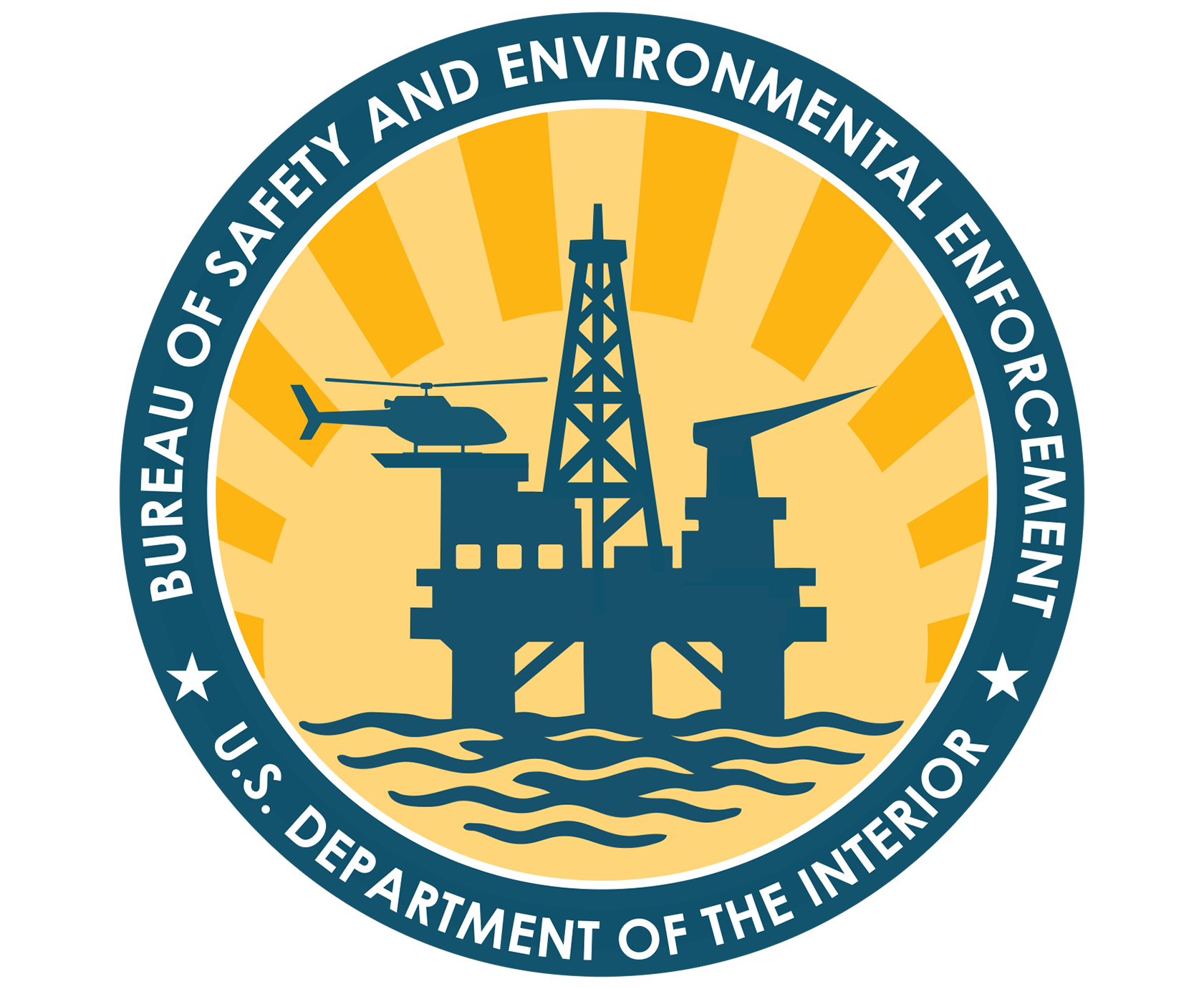he Bureau of Safety and Environmental Enforcement (BSEE) of the U.S. Department of the
Interior requested in July 2014 that the Marine Board of the National Research Council
(NRC) conduct a study advising the agency on the use of real-time monitoring (RTM) to
improve the safety and reduce the environmental risks of offshore oil and gas operations. The
charge from BSEE and related background material are given in Chapter 1. Specifically, the
committee was asked to address five main tasks on the use of RTM:
- The critical operations and specific parameters that should be monitored from drilling and producing facilities to manage and mitigate environmental and safety risks (e.g., to reduce the risk of well kicks, blowouts, and other sources of casualties).
- The role that automation and the use of predictive software tools should play in RTM.
- The role that condition-based monitoring should play in RTM and describe how the operating equipment using condition-based monitoring could be tailored to and/or used for RTM.
- Whether RTM should be incorporated into BSEE’s regulatory scheme in either a prescriptive or performance-based manner.
- How BSEE should leverage RTM to enhance its safety enforcement program.
The findings and recommendations (see Chapter 4) represent the consensus effort of a committee
of technical experts. Appointed by NRC, the study committee consists of 10 members from
industry and academia with expertise in offshore oil and gas drilling, operations, and safety. The
expertise of the committee members includes risk analysis, petroleum engineering, government
regulations, information technology and data analysis, and operations in high-risk environments.
Complete committee biographical information is provided at the end of the report. The diverse
background of the committee membership proved to be valuable, since the committee had to rely
heavily on its collective judgment and experience in providing its recommendations in this
report.
As a central part of its remit, the committee held an industry workshop on April 20–21,
2015, in Houston, Texas. In addition, the committee met six times over a 12-month period and
carefully examined the topic of remote real-time monitoring (RRTM). Several RRTM centers
were visited. The committee visited Houston-area RRTM facilities for offshore drilling and met
with blowout preventer manufacturers, service companies, and operating companies to gain
insights into the applications of RTM. During the final stage of the report review process, BSEE
released its final Blowout Preventer Systems and Well Control rule.1 Given the timing of the
release, the committee was unable to include additional information about this rule in its final
report. The report that follows represents the consensus opinions of the committee members and
presents the committee’s findings and recommendations on the use of RRTM by the offshore oil
and gas industry and by BSEE.
